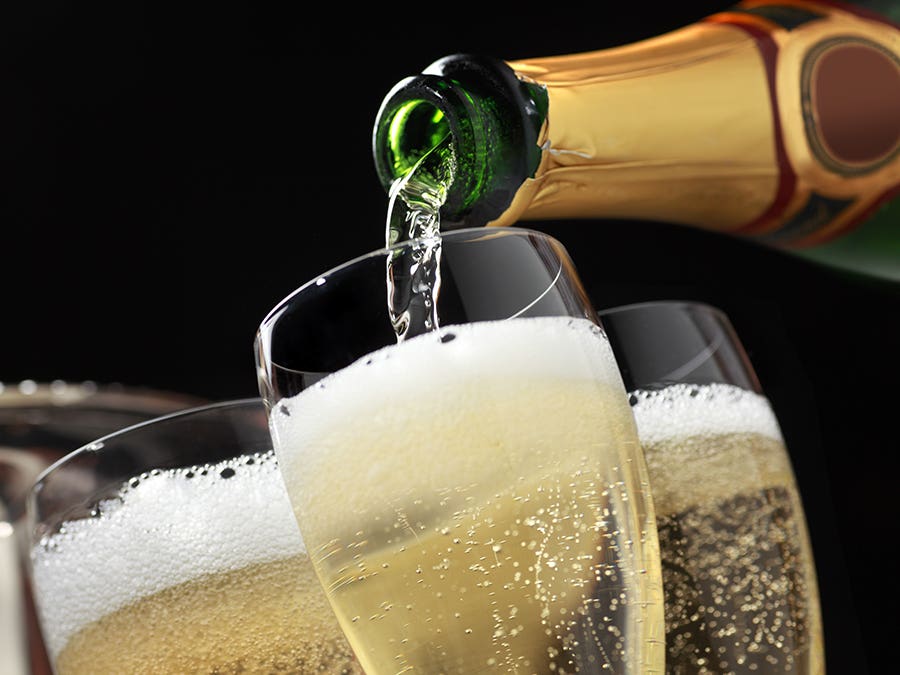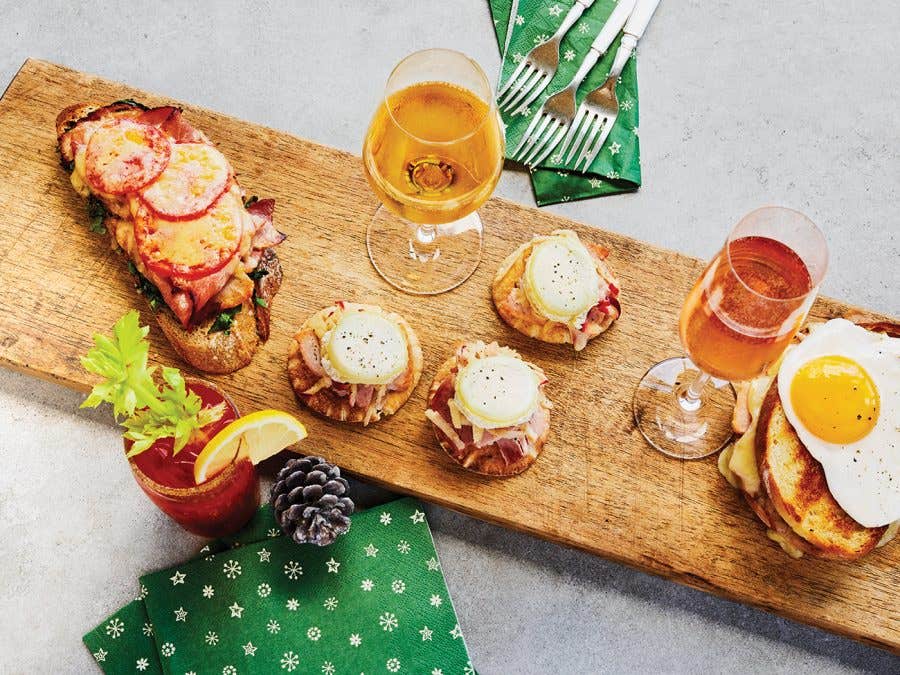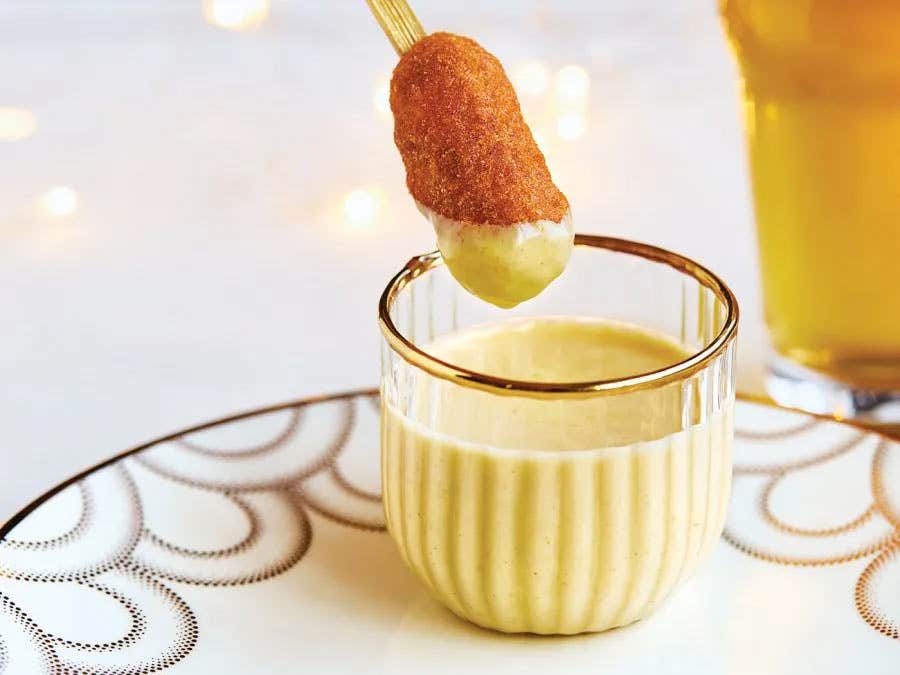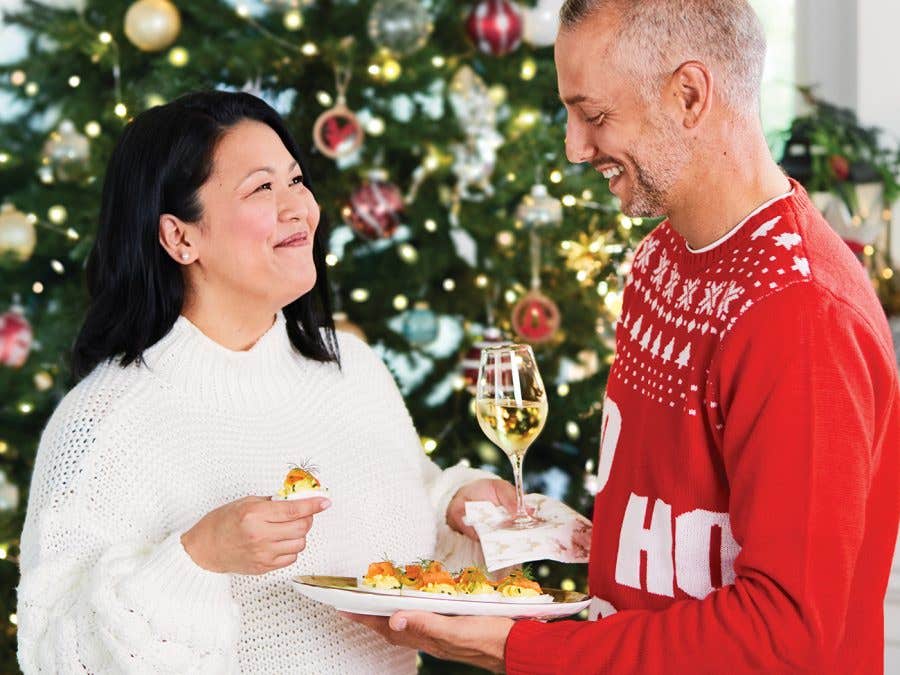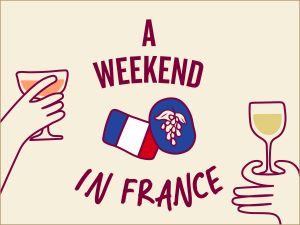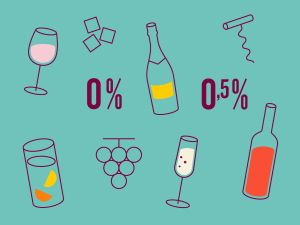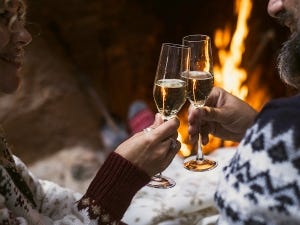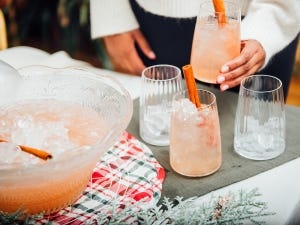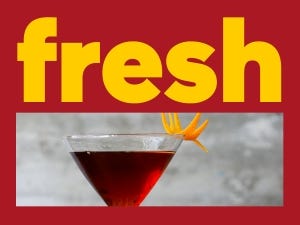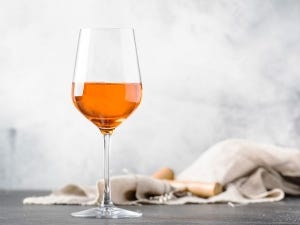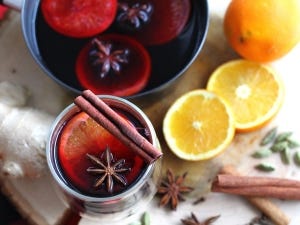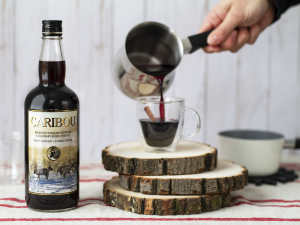Astuce!
Versez une quantité égale d’eau et de glaçons dans un seau à glace ou un grand saladier, et déposez-y votre bouteille. Il faudra environ 12 minutes pour qu’elle atteigne une température d’environ 8 °C. Vous cherchez un refroidissement encore plus rapide? Ajoutez du sel dans l’eau et laissez la magie opérer!
Good to know!
Pour an equal quantity of water and ice cubes in an ice bucket or a big salad bowl and put your bottle in it. It will take around 12 minutes for it to reach a temperature of 8°C. Looking for an even quicker way? Add salt to the water and let the magic begin!
Sparkling wines with more pronounced personalities and vintage Champagnes are at their best at around 10°C. Excessive cold will disturb the perception of aromas and flavours.
Conserving an open bottle
Use a special stopper for effervescent wines so you can keep them in the refrigerator for two or three days. If the bottle is less than two-thirds full, the bubbles will dissipate quickly, and lifespan will be reduced to one day.
What type of glass to use?
Designed for serving Champagne, the flute is a stem glass with a narrow bowl. Its reduced contact surface limits loss of bubbles, while its stem prevents the drinker’s hand from warming the contents. A tulip glass will also do.
Serving Champagne in cocktails
The Mimosa, a mixture of sparkling wine and orange juice, is hands-down the most popular Champagne-based cocktail. But the fizz in sparkling wines and Champagne has inspired a multitude of deliciously original concoctions.
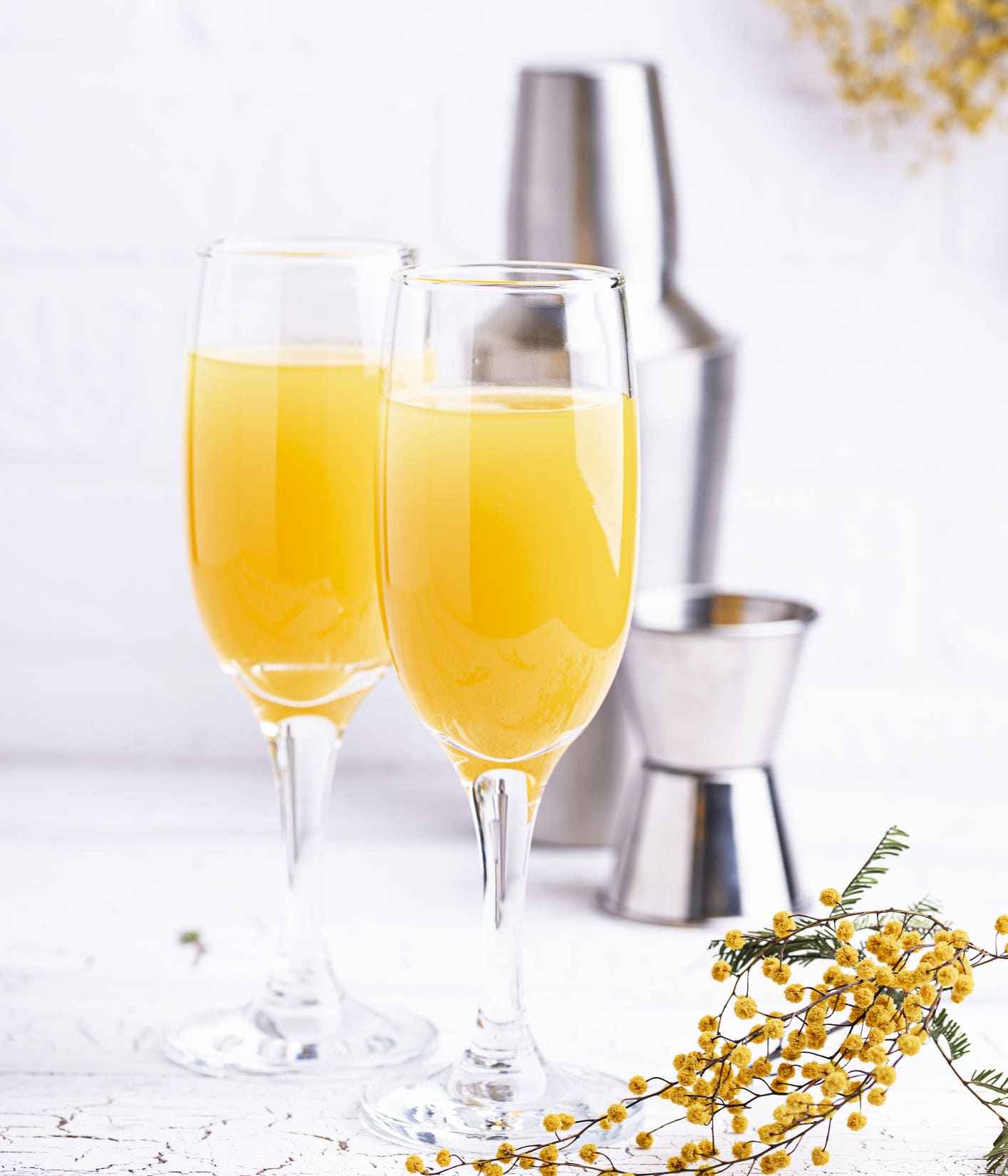

Related Posts
-
Read more
Make sure to set some time aside to just unwind and cook simple but tasty recipes. Let's revisit a French classic: the croque monsieur.
-
Read more
Fried corn dogs have always been a happy hour favourite, especially when they’re inspired by a childhood classic: the pogo!
-
Read more
Kick off the festivities with a reinvented version of a buffet classic: devilled eggs with smoked salmon.
 Access to SAQ Inspire personalized services and store inventories are unavailable at the moment.
Access to SAQ Inspire personalized services and store inventories are unavailable at the moment. Free in-store delivery with purchases of $75+ in an estimated 3 to 5 business days.
Free in-store delivery with purchases of $75+ in an estimated 3 to 5 business days. 
